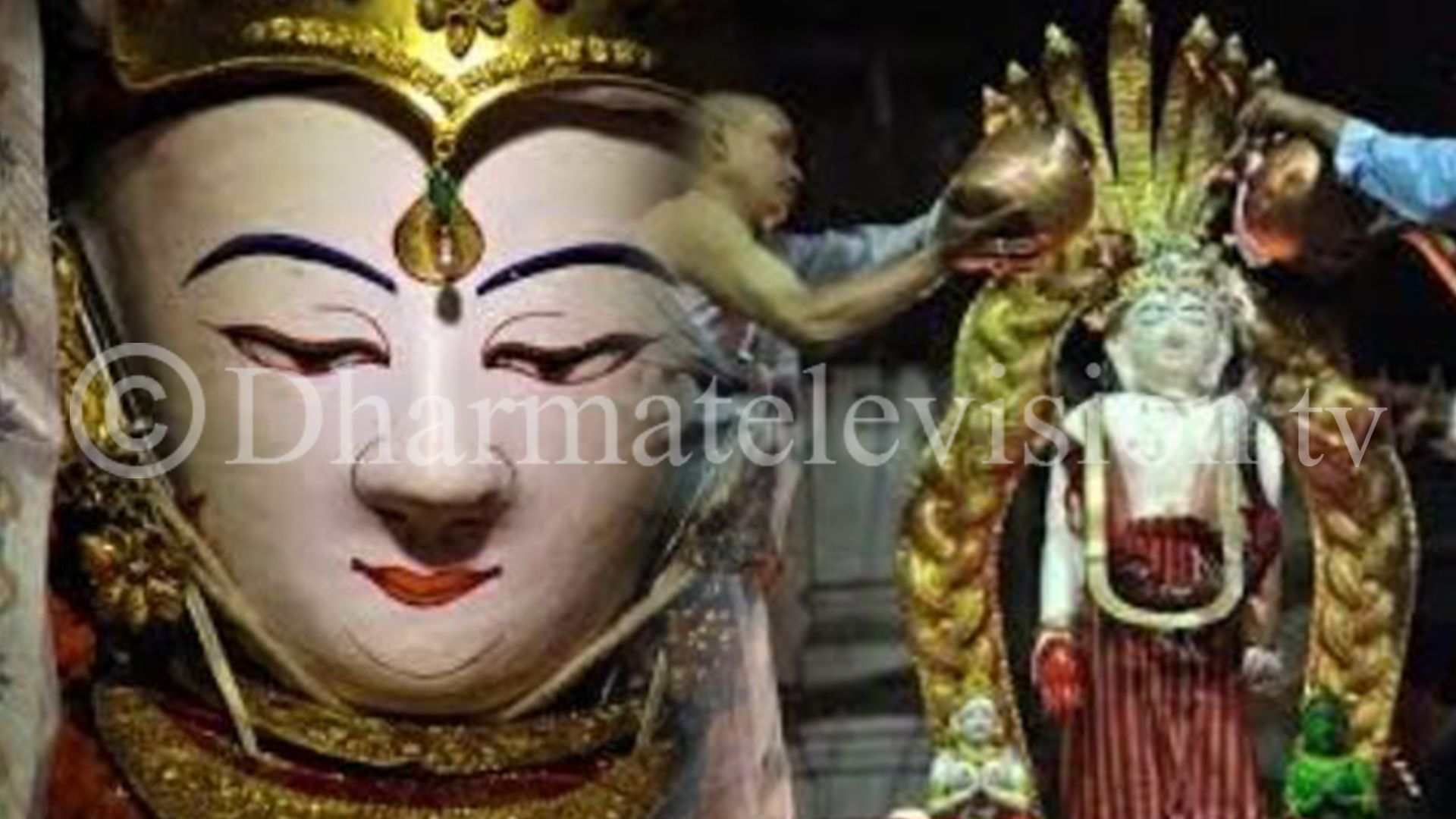4 years ago

Jana Bahā Dyaḥ also known as Seto Machindranath, is a deity worshiped by both Hindus and Buddhists in Nepal. Every year on the day of Poush Shukla Ashtami, it is customary to bathe Seto Machhindranath along with white Tara and Green tara.
This Buddhist deity is known as Aryavalokitesvara, Machhendranath in Sanskrit and Guanyin by Chinese. Aryavalokitesvara is also known as Karunamaya because of his compassionate nature.
Statue of Lokeshwor located in Jana Bahal, Keltole between Ason and Indra Chowk in central Kathmandu.
This statue is believed to be found in the field of Jamal around the 10th century. After discovery, the statue was placed to Kanakachaitya Mahavihar as per the wish of the deity.
No one knows how far back the origin of the festival goes, though it is believed to have been started in the tenth century. Chronicles show that it was already well established in the 17th century.
It is customary for the Priest and Guthi people to bring water a day earlier i.e. Poush Shukla Saptami for the bathing ceremony. Devotees gather at Janabaha: and go to the Nirmal Tirtha to fetch water for the bathing ceremony.
The priest performs Kalasharchan reciting various hymns on their way back. There is a tradition to collect straw to light fire as a sign of welcome.
Today's occasion is also known as 'Nhavan Yaegu' or 'Dhalin Luikegu' in Nepal bhasa.
The water brought the day before is utilized for Mahasnan of Machhindranath. His idol is staged in the bathing mandapa near the temple, where he is worshiped and bathed.
During this important festival, it is customary to bring goddess Kumari of Kathmandu to Janbahal. After receiving blessings from Living Goddess Kumari, the devotees are sprinkled with blessed water.
After the completion of Bathing ceremony, the idol of Seto Machhindranath is covered with a white cloth and placed in another place for painting and repairing.
This vase called Brahma Kalash is placed instead of an idol in the temple. At full moon night of Poush the idol is given back it’s life; once repairing and painting is done. With the completion of the Dashakarma ritual the idol of Machhindranath is re-established in the temple.
Idol is taken out on the day of Chaitra Krishna Ashtami and placed in a chariot at Jamal. Seto Machhindranath is worshiped as the god who saves them from falling into the lower realm. He is also worshiped as the god of happiness, peace and known to cure diseases.
Annual chariot procession starts from the place where the statue was found in Jamal and is celebrated yearly according to the lunar calendar.
It is believed that the annual procession was begun for people who were unable to visit the temple. Last year's chariot procession was not held because of CoronaVirus.